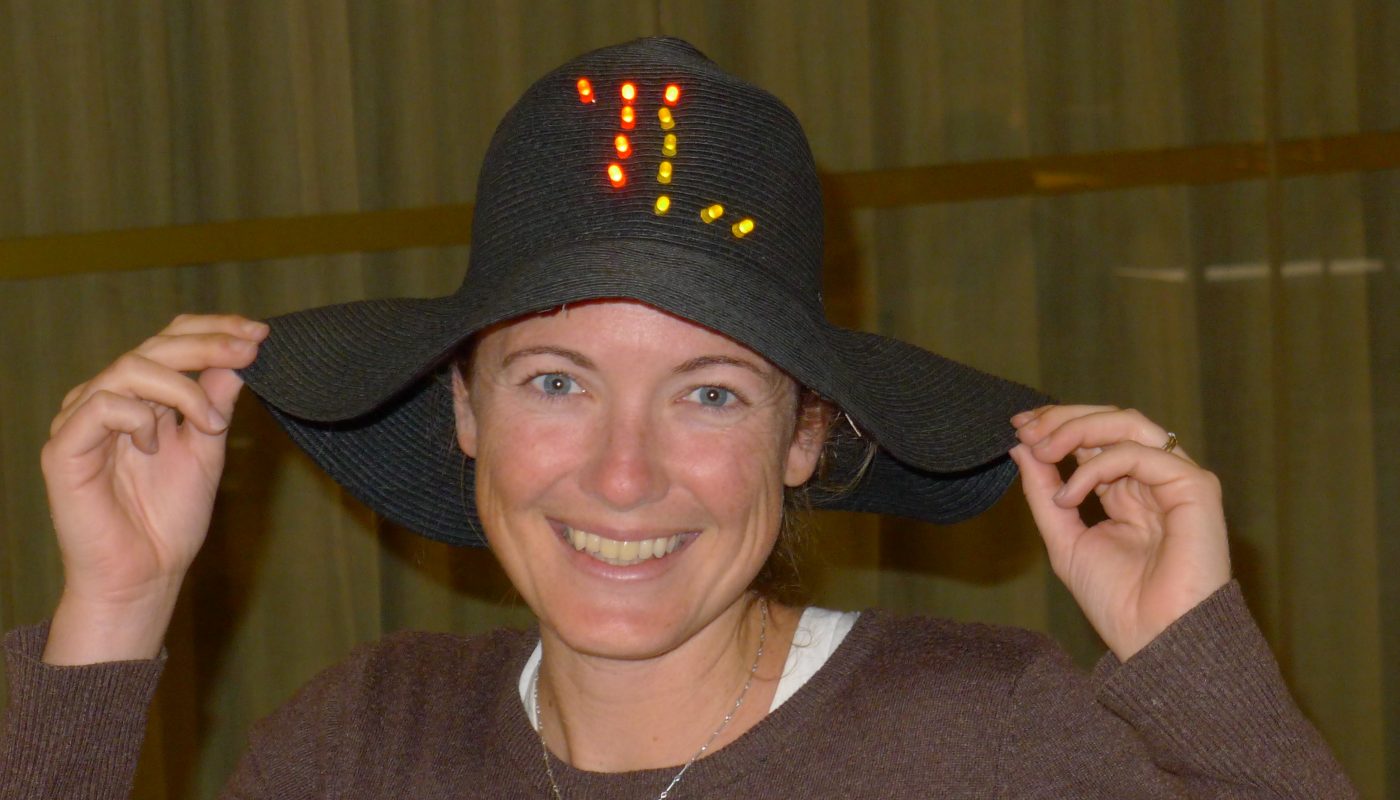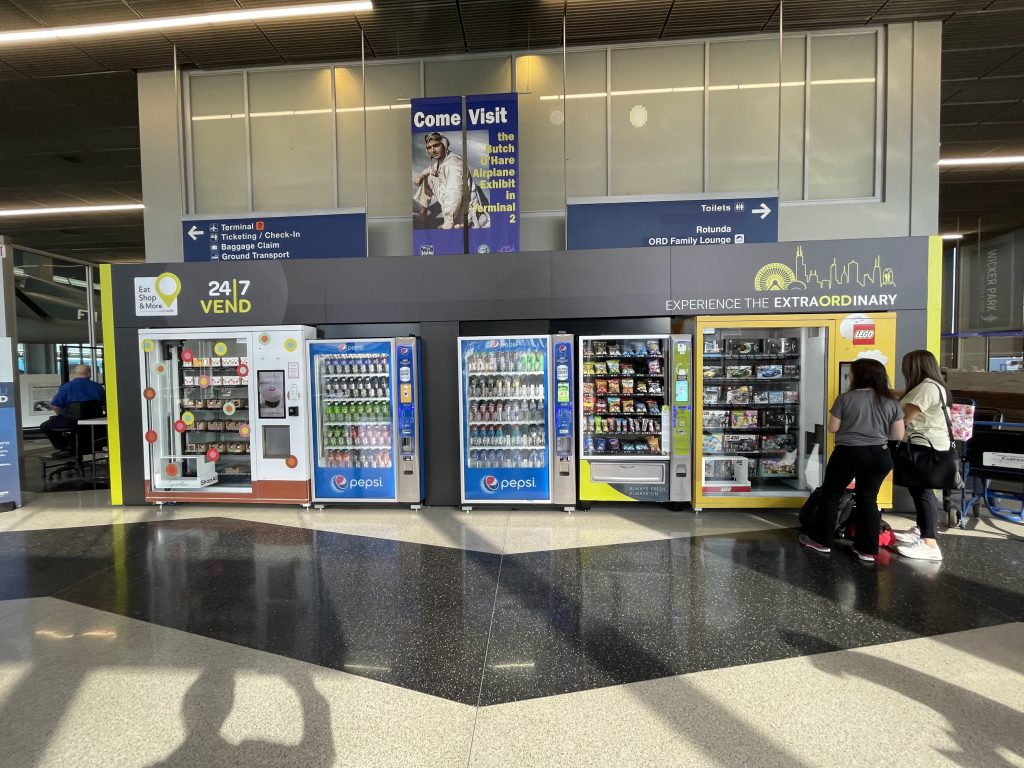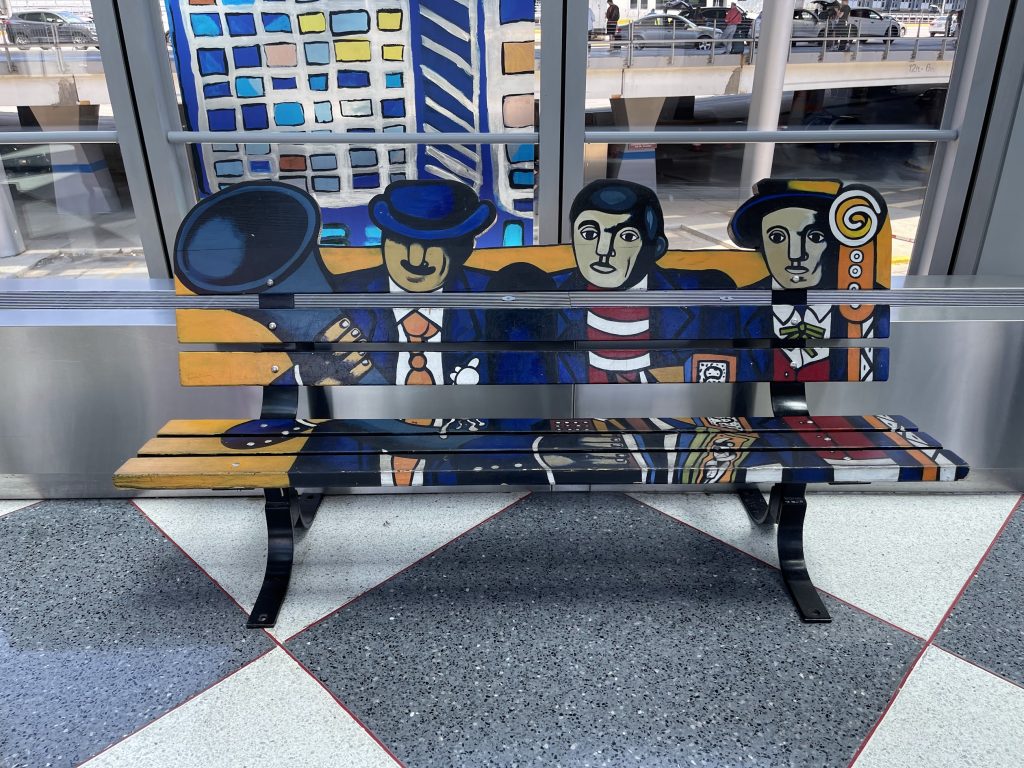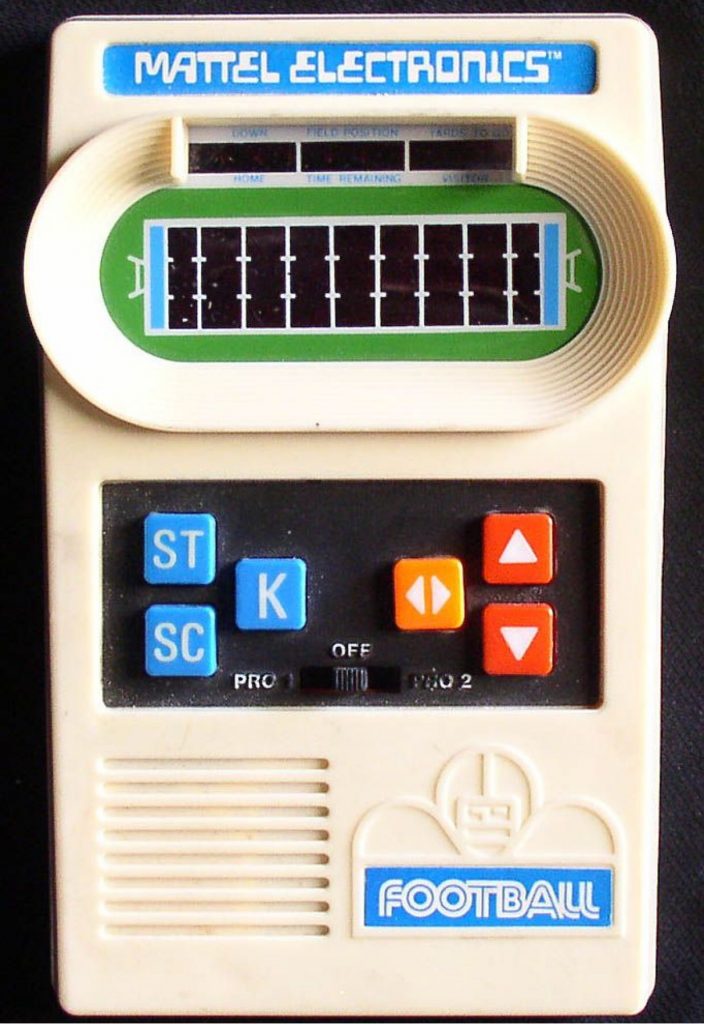I’m thinking hard about our annual summer institute, Constructing Modern Knowledge, which begins in two days. This will be our thirteenth CMK in fifteen years since we lost two to the COVID-19 plague. CMK is lots of things, but fundamentally we attempt to create a utopian learning environment overnight where educators learn to learn and learn about their own creative power while engaged in personally meaningful project development using high- and low-tech materials. A great deal of thought and nuance combine to produce the most seemingly unstructured experience possible.
Constructing Modern Knowledge endeavors to remove time constraints, assessment, curriculum, coercion, ability grouping, segregation of any sort, instruction, and other pillars of schooling from our four-day learning adventure. One way we approach this goal is by beginning the institute with the question “what do you wish to make?” We neither ask “what would you like to learn?” or provide instruction in the vast array of materials and technological tools available for knowledge construction. I borrowed the “What would you like to make,” from my mentors, Dan and Molly Watt, thirty-five years ago. It encourages participants to approach projects with the wide-eyed optimism and innocence of a young child. Surprise, serendipity, and whimsy are critical ingredients in the CMK secret sauce.
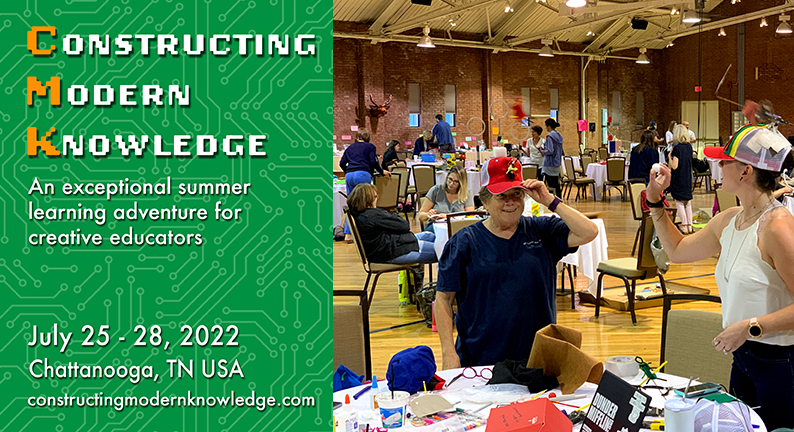
We do not assign groups, project topics, engage in icebreakers, teach how to use technology, brainstorm, introduce vocabulary, assess prior knowledge, or even suggest what participants work on while at CMK. Our beginning ritual, “What would you like to make?” is sufficient for people to bunch up and get busy. Work together or alone – whatever feels more natural, productive, or gets the job done. It is OK to change your mind, be inspired by another project, or set off in a different direction. There is no time to be distracted by instruction.
Year-after-year, teachers representing every grade, geographic origin, subject, and previous experience level create projects that take my breath away – and they do so in less than four days, often with bleeding edge technologies. The next “project” CMK participants undertake is reconciling their own personal CMK experience with the one(s) they create for their students. With any luck, that project lasts long after they depart Constructing Modern Knowledge.
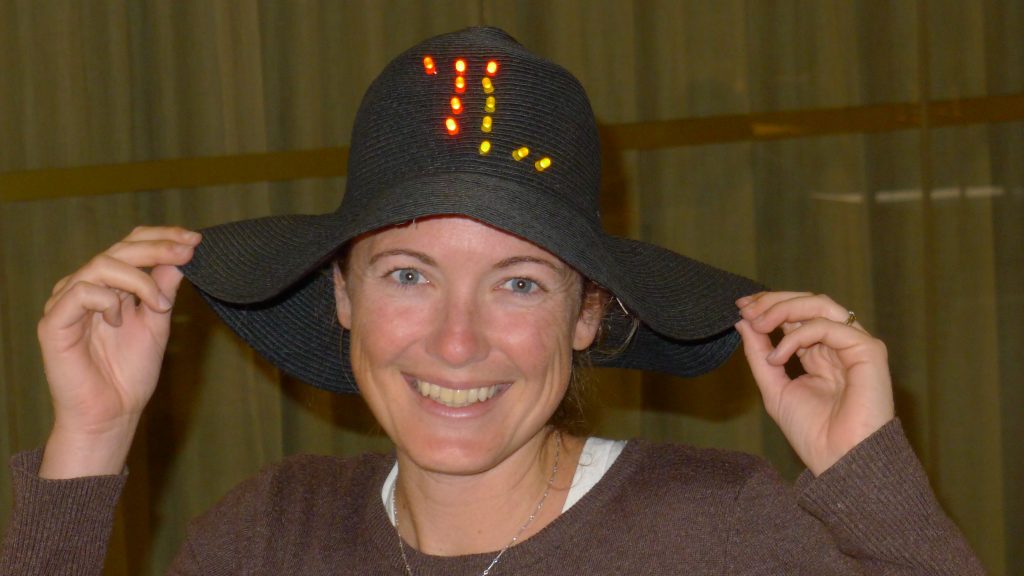
Remove your teacher hat
Seymour Papert teaches us that “you can’t think about thinking about thinking without thinking about thinking about something.” Therefore, we begin CMK with Papert’s admonition to take off your teacher hat and put on your learner hat. Being selfish with the learning experience unlocks infinite possibilities once you return to your vocation.
Choice, collaboration, creativity, computation, and competence are essential elements of our project-approach. As the de-facto teacher at CMK, I try hard not to impose my will upon our “students.” Honest educators will confess that such temptation is hard to resist, especially when you would like students to have a particular experience or learn something specific. Add the constraints imposed by a four-day event and oh, boy do you want to teach! This is especially true when you have a mountain of cool hardware, software, and objects-to-think with available. This may be someone’s only opportunity to use a specific piece of gear.
But resist you must! I urge everyone at CMK to suspend their disbelief and trust the process. This is not a workshop. You are not here to learn X tech or develop Y skill, predetermined by others. You will learn an alphabet of concepts and develop sophisticated skills by making something that matters to you.
That said…
Despite sincerely altruistic motives, CMK may represent the only chance I have to trial a specific project, especially with a super cool piece of emerging technology, with a group of adult learners. For teachers, teaching often satisfies all the qualities of project-based learning for themselves. Students are unlikely to gain as much from your project as you do.
Remember the oft-repeated mantra of the EdTech community, “It’s not about the technology.” That cliché is so stupid, it’s not even wrong. Of course, it is about the technology. School has always taught based on the available technology of an era and technology is never neutral, it always influences behavior. Good technologies amplify our potential, grant us new powers, enhance our humanity, and inspire us to create previously unimaginable artifacts of our learning experiences.
If computers are available, computing (programming/coding/making something out of bits) supercharges your projects and pays the greatest intellectual dividends. The best constructive technologies are generative in nature. They feature a low threshold that invites you in, and a high ceiling that allows for continuous challenge and generative design. Rather than thinking of iterative design in terms of customers or products, generative design is a more intrinsic process of having an idea, engaging in conversation with material or technology, tinkering, breakthroughs or bugs, and then generating the next challenge, embellishment, experiment or project idea.
For example…
I navigate the world trying to notice cool new ideas and inventions so that I may use that new stuff in project-development or as inspiration for students to create themselves. For many years, I asked educators in my learning theory class to create a working Knowledge Navigator, figuring that a few years after genius engineers at Apple create a working prototype, the underlying technology becomes so accessible that anyone can create their own.
So, when a Facebook friend sings the praises of Tonies, a toy that allows young children to listen to stories, jokes, or songs recorded remotely by friends and relatives, by placing an action figure on top of a Tonie box containing a speaker, I immediately wonder if CMK participants can use the low-cost RFID tags I bought to invent something even cooler than Tonies. Even if the project fails to achieve the aesthetic polish of the commercial product, making your own leads to a great deal of learning, epistemic shifts, and pride of accomplishment.
At CMK 2018, a group of educators wanted to make a pair of shoes that when the heels were clicked together would summon a taxi or rideshare vehicle. Someone else at the institute mentioned that there was an available API for Uber and Volia! Shoe-ber was born. It is worth noting that this was not a poster board idea at a school invention convention in which one imagined such an invention in the future. The materials of modernity when combined with the culture of learning environments, such as CMK, create the conditions for seemingly fanciful or complex ideas to be realized.
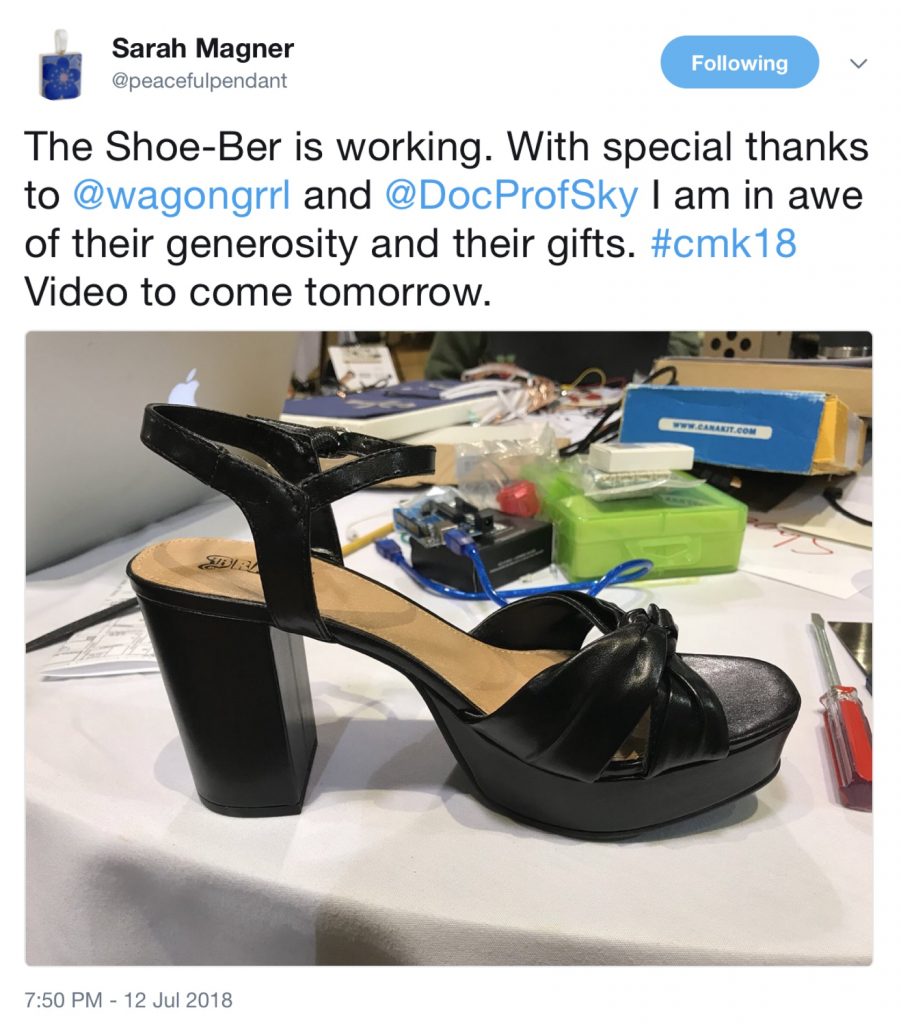
Cool stuff can speak to us, invite a conversation, and instigate exciting project development. It can also take already great projects like using mathematical ideas to program the computer to produce beautiful embroidery with Turtle Stitch. What if you could add animated lights or sensors that triggered music or other events in your embroidered design. The BBC micro:bit, Circuit Playground Express, and other microcontrollers, with conductive thread, LEDs, and tiny sensors really kick your project up a notch.
Now, you’re learning math, computer science, art, design, physical computing, electronics and who knows what else! The project used to be great. Now, it’s even greater.
I bought the “guts” of USB flash drives for a few bucks each. I wonder if you folks can design and 3D print a sculptor to house their drive? Now, you’re exploring industrial design as well.
Here are just a few of the project ideas I would love to impose on students or CMK participants (but won’t):
I wonder what you might make (and learn) by:
- Using the Dashcams I purchased in Hong Kong a few years ago in a project
- Making sense of Wolfram Language, a remarkably powerful programming environment designed for serious mathematics and science.
- Think about cool ways to use the $11 tiny WiFi cameras I bought on a lark.
- Design and program games in MakeCode Arcade for the supercool handheld low-cost game systems like the Meowbit.
- Use Scratch, Snap!, or Lynx to program versions of the classic games featured in the first computer book ever to sell one million copies, David Ahl’s Basic Computer Games or More Basic Computer Games.
Teaching in the spirit of the project approach
The Internet is awash with well-intentioned teachers seeking a PBL (a disturbing trend I explore in 3 Tips article.) A generous reading of this situation is that they want to do the right thing in the spirit of the project approach, they just lack any experience teaching that way.
A couple weeks before the last Super Bowl, a teacher posted the following request in a Facebook forum for computer science educators. Rather than dismissing the question out-of-hand, let’s explore how we might transform a classroom timewaster into a volcano of powerful ideas.

Oh, where to begin?
First, it’s worth asking, “Is there any educationally valid reason to be including the Super Bowl in the curriculum?” Is this a good prompt? Let’s stipulate that there is or that just celebrating a cultural ritual is justified. Fine. Let’s figure out a computing activity that is inspired by the Super Bowl or captures some aspect of football.
Settling for an “unplugged activity” fails to meet those criteria.
“When schools even lack the interest to create an illusion that they teach students how to do something like program computers, a new discipline is invented as a form of obfuscation. Computational thinking is used to justify self-parodies such as Computer Science Unplugged or similar Potemkin curricula that pretend to teach computer science without all those pesky computers. Even if this is an earnest objective, why is it necessary? Have all the personal computers suddenly vanished? We can teach cooking without food and utensils or dance while sitting behind desks, but why bother?” (Stager, 2021)
You can always ask students to make a poster, video, or write an essay about some aspect of the Super Bowl, but that is just an unimagintive arts and crafts activity intended to fill forty-minutes of Friday’s “Genius Hour.” I take this teacher at her word that she is looking for computing project ideas related to football or the Super Bowl.
Riding up the down escalator
Teacher: I would like you to use Scratch, Snap!, of Lynx to create something related to the Super Bowl.
Kid 1: I can make a Super Bowl ad in Scratch.
Kid 2: I can create an animation of my favorite quarterback throwing a touchdown pass.
Kid 3: I’m going to program a half-time show.
Teacher: OK, cool.
Kid 4: Let’s make Madden NFL.
Teacher: I’d love to see that!
Immediately, a student or group of kids set off to program their own version of Madden NFL. It should not take long before they realize that they’ve chosen a very large and complex project. They are unlikely to possess the talent, expertise, or time necessary to realize their ambitions, but that is perfectly OK. In fact, the commercial software they are emulating is created by a gigantic team of incredibly talented folks with a multi-million-dollar budget. However, there is no reason for despair.
The students have commenced a process I call riding up the down escalator. They had a grandiose idea, but their ability to execute has become apparent. Perhaps they don’t know how to solve a problem, lack sufficient time or tools, or have encountered a pesky bug. One strategy is to modulate your expectations and go in a more modest direction – even if it is on a lower stair. After a few iterations of this process, you experience success and move back up the escalator. The result is a sense of achievement within your zone of proximal development.
Scaffolding
Teachers may lubricate this process of riding up the down escalator by suggesting that students create projects based on what David Perkins calls, “junior versions of the whole game.” If programing Madden NFL is too difficult (which it is), can they program one of the accuracy drills found at the Pro Bowl? Can they program the coing flip or a write a program to kick field goals?
Can they program a version of Mattel Electric Football? I bet you they can!
When I learned to program computers back in the ancient times of timeshare teletypes connected to a remote mainframe, we had sports games that were entirely text-based.
- The ball is on the Y yard line.
- Brady passes to Gronk and… Gronk drops it. Second down
- Brady dumps a short pass to Gronk and Gronk runs for X yards. First down!
- What would you like to do? Press 1 for short pass; 2 for long pass; 3 for handoff; 4 for a quarterback sneak; press 5 for a field goal attempt
Using a lot of random number generation and conditionals, you can program a football game that’s fun to play. That makes you smarter, more accomplished, and develops computational fluency. It may also inspire other kids who say, “Hey, I can create sprites/turtles and graphics to turn that logic, randomness, scorekeeping, and gameplay into an animated football game!” Of course the program can ask your name and then you can be the star of the game (an excellent use of variables).
And just like that, your students have programmed a junior version of Madden NFL and your meager instructional idea led to great accomplishments and powerful ideas.
Stager, G. (2021). The Future is Computational. In G. Stager (Ed.), Twenty things to do with a computer forward 50: Future visions of education inspired by Seymour Papert and Cynthia Solomon’s seminal work. Constructing Modern Knowledge Press.
Veteran educator Gary Stager, Ph.D. is the author of Twenty Things to Do with a Computer – Forward 50, co-author of Invent To Learn — Making, Tinkering, and Engineering in the Classroom, publisher at Constructing Modern Knowledge Press, and the founder of the Constructing Modern Knowledge summer institute. He led professional development in the world’s first 1:1 laptop schools thirty years ago and designed one of the oldest online graduate school programs. Gary is also the curator of The Seymour Papert archives at DailyPapert.com. Learn more about Gary here.

